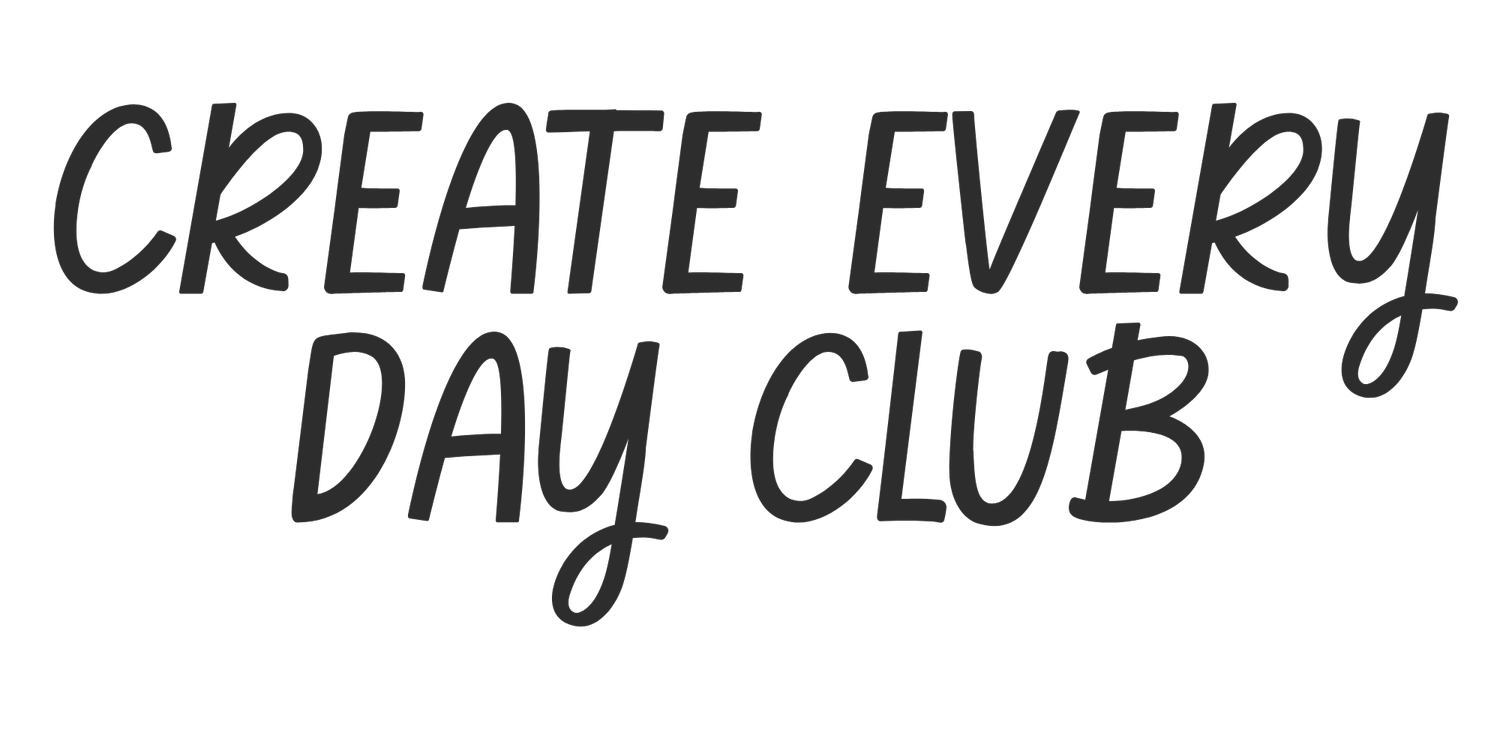Lanie Gannon Isn’t Done Making Art
Anna: When did you first want to be an artist?
Lanie: There was never a first. It just always was.
Did you have art in the home growing up?
My mother grew up in a very creative household. Her father was an architect. He was president of the AIA for a couple of years, mid-century, so they always had artists and architects and designers in their house and her father knew people all over the world. They lived in Michigan, in a suburb of Detroit. So they were very involved with Cranbrook and she took classes there. When she finished high school, she moved to New York City and went to finishing school but she worked for Hans and Florence Knoll of Knoll Furniture when they had just started their company.
She brought that cultural capital to her marriage to my father. His background wasn’t like that. But he was very bright and he became an attorney. It was a nice union for them because she brought the cultural capital to the relationship and he brought security.
Gannon with Ella in front of her art
Did you ever think about doing anything else?
I never really thought about doing anything else but just making art, but because artists have to survive in this world, I've done so many things to earn a living, but they've all been related to my art practice, and they've either involved using my hands or thinking like an artist, like a creative person, and design work. Visual design work has been a big part of that and I don't really make a separation between design and fine art. It's all one thing to me. I've done many things from teaching, almost 20 years at Belmont. Then I worked for one of my dearest friends Karin Eaton at Ironware. I did finishes there and gold and silver leafing. That was all artisan work. Then I had my own business creating art installations for children's hospitals. I've done them all over the country. That was another way that I supported myself and my family.
Do you have a goal for where you would love to see your art?
I still have ambition. And I still imagine that I've got this career. I don't have anyone selling my work, but I'd like to. I know part of that is maybe because I don't participate in social media. But, I think it's also because of age. There are a lot of artists, a lot of great artists, young artists and people that are making art. And I think that there is definitely this sort of aging out of it and I feel that, but I'm still making the work.
How did you come to the choice to change mediums from wood to paper?
I got tired of the machines. I got tired of the labor that was required to work with wood. All the hours devoted to sanding and making this well-crafted piece. And I just wanted to move. Something kind of cleaner and that didn't require a lot of tools and machines. Something that was simple. I've gotten into this place where I want to push the paper to see what it can do, be inventive with it. I love paper. I think it's got a kinship with wood. It's directly related. And I'm discovering ways to use it that are unexpected.
If you were having a discussion with someone who didn't understand the importance of art, how would you defend it?
Gives you a reason for living. No big deal. It's an outlet. It's all sort of cliche, but cliches are grounded in truth.
What advice would you give to someone fresh out of art school?
I would say that you have to be realistic. You have to make money. And it's very hard to make money in the art world. There are probably only five artists in the whole world that really make the kind of money that we think makes a fabulous life. So it's a struggle. You have to recognize that it's a struggle, and you have to have side hustles. You have to find the work on the side that's going to sustain you. And you can't just think about making art, you have to actually make it. When you're young you have to choose between a social life and a life making your work. And that's a really hard choice because your social life is so important. But you're gonna have to say no, sometimes on the weekends, to going out and having a great time, so you can spend time in your studio.
You have to chase rejection. Rejection has to be so much a part of your life that you're used to it. And the sting only lasts a day. And because, you know, without rejection, you're never going to get any kind of acceptance.
Learn more about Lanie Gannon and see her work at her website, laniegannon.com and follow her on Instagram @neldaneldaru





